Andong Hanji (안동한지체험)
17.7Km 2019-04-10
36-1, Sosan-ri, Pungsan-eup, Andong-si, Gyeongsangbuk-do
+82-54-858-7007
Andong Hanji, situé à l’entrée du village Hahoe, zone préservant la tradition et la coutume coréenne, a fait de son mieux pour fabriquer du papier traditionnel coréen. Le papier coréen d’Andong est fait à partir de papier de bois de mûrier coréen et d’eau pure. Andong Hanji est très fière de maintenir une qualité exceptionnelle et la plus haute capacité de production de papier traditionnel coréen.
* Produits
Approximativement 60 papiers différents incluant du papier à dessin fait de pulpe de mûre, du papier à calligraphie, du papier à dessin basique, du papier fenêtre, du Jungji (papier), de l’Unyongji (papier), du Piji (papier) pour papier peint, du papier coréen à multiples épaisseurs, du papier pour sol, du papier à livre, du papier brocardé pour les intérieurs de première qualité, du numéro 100 et 120 pour les peintres professionnels, et du papier couleur coréen utilisé pour l’artisanat ainsi que du papier d’emballage sont fabriqués ici.
* Réception du papier coréen
Le papier traditionnel coréen de haute qualité est fourni comme suit : le papier à dessin à la seconde grotte Seokguram dans le temple Donghwasa, le Samyukji (papier) au temple Bulguksa à Gyeongju, le « papier de peinture orientale » à la faculté des Beaux-Arts d’Andong National University, l’Oebalbaekdaksunji (papier) à l’Institut de Recherche pour la Préservation des Propriétés Culturelles du Papier, et le Baekdaksunji (papier) au Centre de Conservation Jung-Jae. Présentement, les diplômes d’honneur et les lettres de nomination sont fournies à l’Agence Nationale de Police.
Daebanggwangbulhwaeomgyeong (soutra Avatamsaka) (Trésor National 196) – retranscrit sur du papier de la periode de Silla Unifié, aussi utilisé pour le Mugujeonggwan Daedaranigyeong (soutra Dharani de pure lumière), affiché au musée d’Arts Ho-Am, a été restauré ici. En décembre 2001, le soutra restauré a été fourni à l’Administration de l’Héritage Culturel de Daejeon. En outre, des poupées de papier de mûre et des images faites de papier coréen traditionnel sont affichées dans la salle VIP de Korean Air à l’aéroport international d’Incheon.
Terminal Andong
18.0Km 2016-09-05
247-32 Unheung-dong Andong-si Gyeongsangbuk-do
+82-1688-8228 (Korean)
Marché de Ginseng de Punggi (풍기인삼시장)
18.0Km 2021-05-17
8, Insam-ro, Yeongju-si, Gyeongsangbuk-do
+82-54-633-7948
Le marché de ginseng de Punggi, le plus ancien dans la région de Punggi, est creonnu pour sa gamme de produits à base de ginseng. Tous les 3ème et 8ème jours du mois, un marché traditionnel (se rendant dans plusieurs villes dans la région) ouvre ses portes près du marché de ginseng durant 5 jours, donnant au lieu une atmosphère traditionnelle et nostalgique.
Dongseongnu (동성루)
18.1Km 2021-03-31
6-2, Hwangtomaeul, 1-gil, Andong-si, Gyeongsangbuk-do
+82-54-852-1254
A place where you can enjoy a variety of Chinese dishes. This restaurant's signature menu is noodles in nlack nean sauce. This Chinese (cuisine) restaurant is located in Andong-si, Gyeongsangbuk-do.
Festival du Ginseng de Punggi à Yeongju (영주 풍기인삼축제)
18.2Km 2019-08-28
Baek-ri, Punggi-eup, Yeongju-si, Gyeongsangbuk-do
054-635-0020
Le ginseng Pung-gi, réputé pour sa qualité, ne pousse que dans les montagnes Sobaeksan. Le festival coincide avec la saison de récolte du ginseng, aux alentours d'octobre.
La raison de la popularité du ginseng Pung-gi est sa forte concentration en ‘saponin’, qui aide à réguler la pression sanguine, à prévenir le cancer et à revitaliser le corps. Vous pourrez cuiellir vous même le ginseng et goûter à des plats à base de ginseng Pung-gi. De nombreux sites touristiques se trouvent dans la région Yeongju, comme le temple Buseoksa et les sources thermales Sobaeksan Pung-gi.
On-gye Jongtaeg (Sambaegdang) / 온계종택 삼백당
18.5Km 2025-03-04
20, Onhyejungma-gil, Andong-si, Gyeongsangbuk-do
+82-10-2988-3435
Ongyejongtaek Sambaekdang is a hanok restored on the site where Ongye Yihae, older brother of Toegye Yi Hwang, used to live. Being the headquarters of the rightoue army against the Japanese, the house was burned by the Japanese military authority in 1896 but restored with support from the government and others, and it was finally completed in May 2011. It is the 500-year old chestnut tree, symbol of the village, which welcomes guests first. The house itself is not old but the atmosphere of the family dominates the building with dignity. Small decorations such as a wooden table, floor cushions, and mother-of-pearl furniture pieces are all nice to look at. There are 7 rooms altogether with bathrooms or air conditioners depending on the room size. There are a shared shower facility and a laundromat outside the rooms, with shared kitchen, warehouse, and a big floor. Cooking is not allowed in the rooms but outdoor barbecue facilities are available for a group of 10 or more who inquire in advance. Tea ware pouch making or Hanji craft programs are conducted based on the reservation at a charge. In the village where the house is located, there are several historic and natural sites such as Nosongjeongjongtaek where Toegye Yihwang was born, Nongamjongtaek, Toegyejongtaek, Dosanseowon Confucian Academy, Advanced Center for Korean Studies, Cheongryangsa Temple, and Dosan Spa.
Nosongjung Head House
18.5Km 2021-04-09
46-5, Onhyejungma-gil, Dosan-myeon, Andong-si, Gyeongsangbuk-do
+82-10-2065-3749
Nosongjeong, also called the “Placenta Chamber of Yi Hwang” (pen-name: Toegye, 1501-1570), is named after the pen-name ‘Nosong’ of Yi Hwang’s grandfather Yi Gye-yang. It is said that Yi Gye-yang abandoned his government position after he fell victim to the Gyeyujeongnan Suppression (a coup d’état instigated by Suyang Prince, who became King Sejo of Joseon, in 1455) and returned to his hometown in Bonghwa, where he devoted himself to teaching students. He built the house in its current location by a coincidence of saving a monk. The Placenta Chamber of Yi Hwang, which is situated deep in the house, consists of an Ondol (Korean floor heating) Room and a small numaru (upper floor) with a unique design. The gate bears a signboard with the word ‘Seonglimmun’ written by Hakbong Kim Seong-il (a direct disciple of Yi Hwang), which derives from the fact that the mother of Yi Hwang, Chuncheon Park, had a conception dream about Confucius entering the main gate with his disciples. Nosongjeong has an Ondol room in the west, with a numaru and a maru (wooden floor) in the east, which could accommodate 20 to 30 students. The signboard of Noseongjeong is believed to have been written by Han Seok-bong (a leading calligrapher of the mid-Joseon period). The structure of Nosongjeong is considered an invaluable resource for studies on the principles of building a half-hipped roof. The shrine is situated east of Nosongjeong, between which there was a juniper aged over 400 years from which the name of Nosongjeong was originated as people called the juniper as an old (no) pine (song). However, the original juniper has been replaced by its younger juniper tree with an umbrella shape of the top.
La Forêt Oknyeobong de Sobaeksan (소백산 옥녀봉자연휴양림)
18.9Km 2016-09-05
124, Therapy-ro, Bonghyeon-myeon, Yeongju-si, Gyeongsangbuk-do
+82-54-639-7490~3
La forêt Sobaeksan est située sur le mont. Sobaeksan, un endroit idéal pour se détendre avec de magnifiques sentiers forestiers. Elle a aussi été rendue célèbre pour organizer le “festival des azalées royales de Sobaeksan“. Les installations comprennent des bungalows, une cuisine communautaire, des douches, une salle de classe en plein air et une aire de stationnement.
La forêt bénéficie d’une vue imprenable du mont. Sobaeksan sur Gukmangbong, Birobong et le pic Dosolbong. Les attractions voisines comprennent le temple Buseoksa, l’école confucéenne Sosuseowon et la vallée Huibang.
Sarainne Hoejip (살아있네회집)
19.0Km 2021-03-26
49-16, Songha 2-gil, Andong-si, Gyeongsangbuk-do
+82-54-841-8859
It is a place where you can enjoy a variety of fresh fish. This Korean dishes restaurant is located in Andong-si, Gyeongsangbuk-do. The representative menu is assorted sliced raw fish.
Donga Sutbul Galbi (동아숯불갈비)
19.2Km 2021-03-24
277, Jebiwon-ro, Andong-si, Gyeongsangbuk-do
+82-54-857-6942
This is a restaurant with delicious Samgyeopsal (pork belly) and Galbi (ribs). This restaurant's signature menu is grilled ribs. This Korean dishes restaurant is located in Andong-si, Gyeongsangbuk-do.

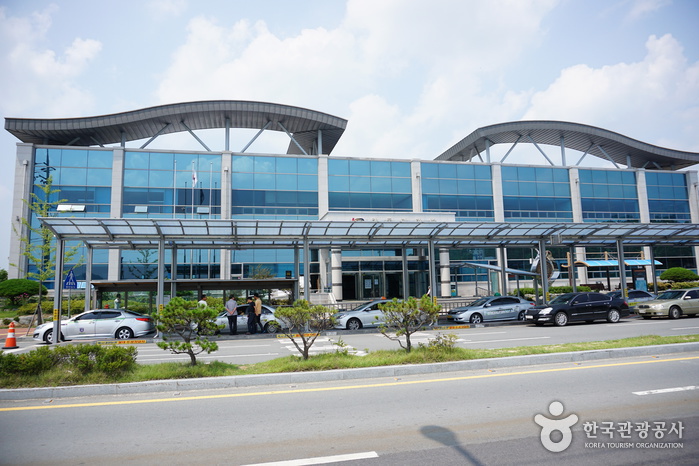
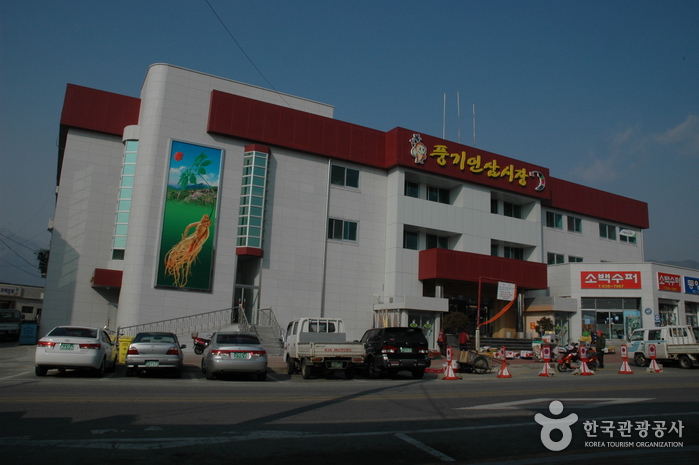
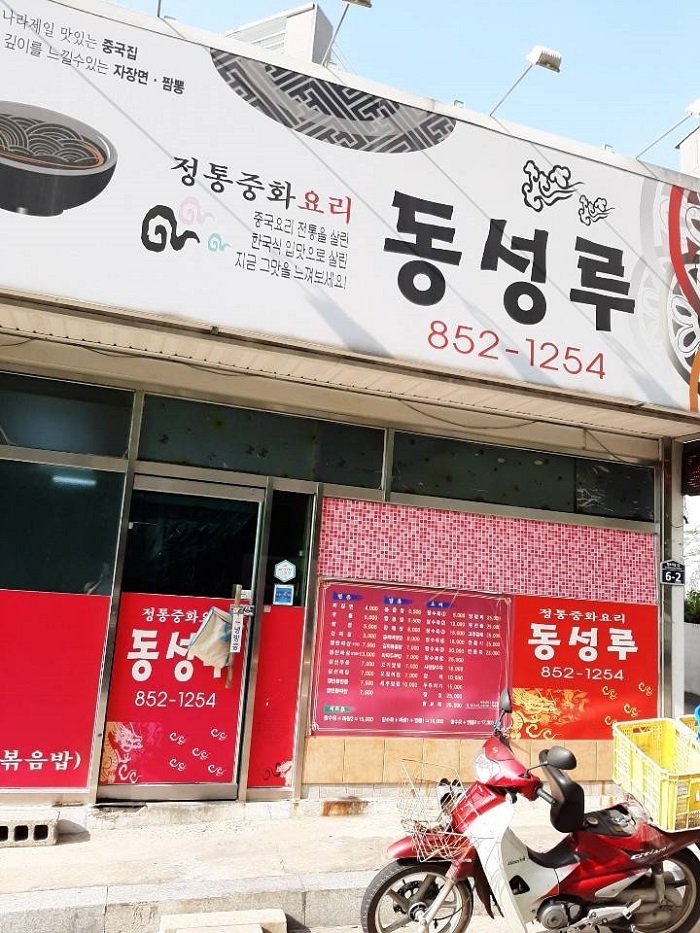
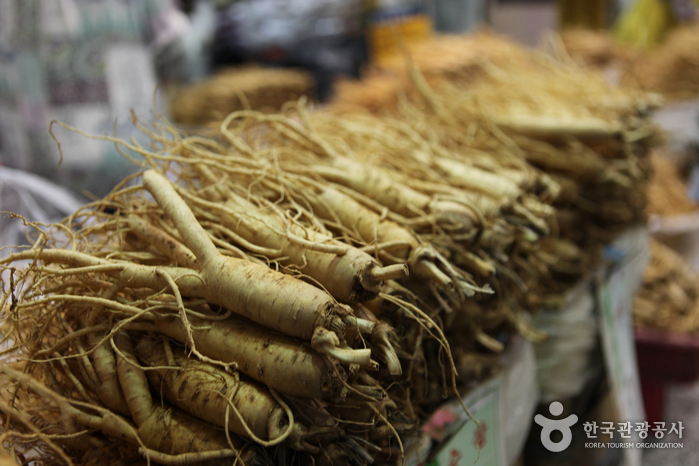
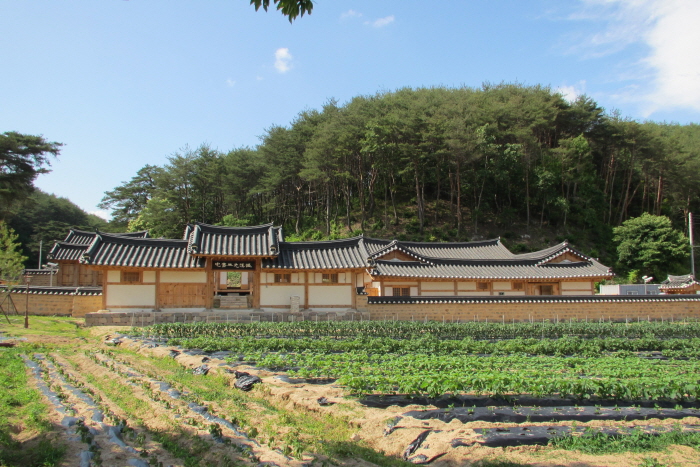
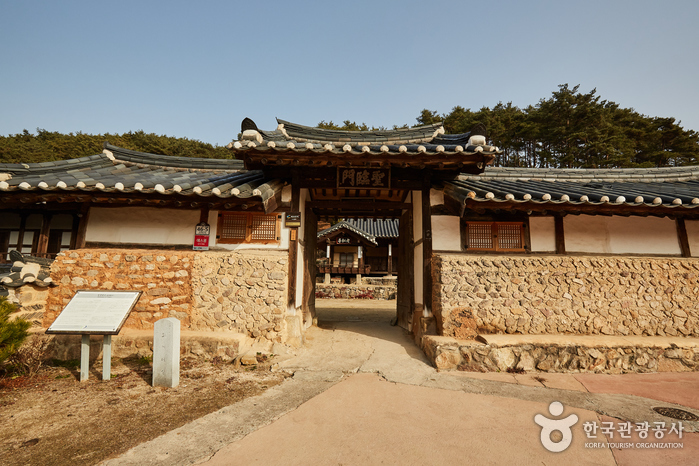
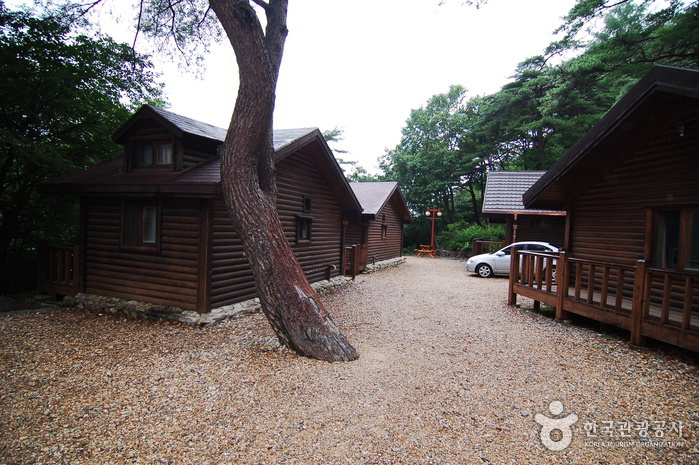
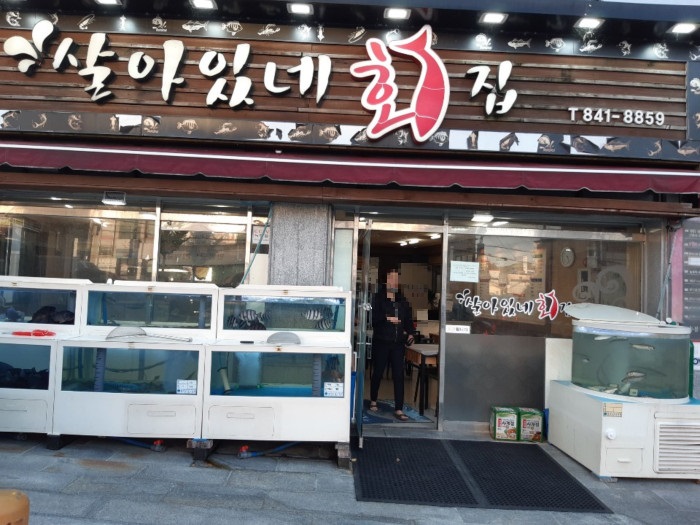
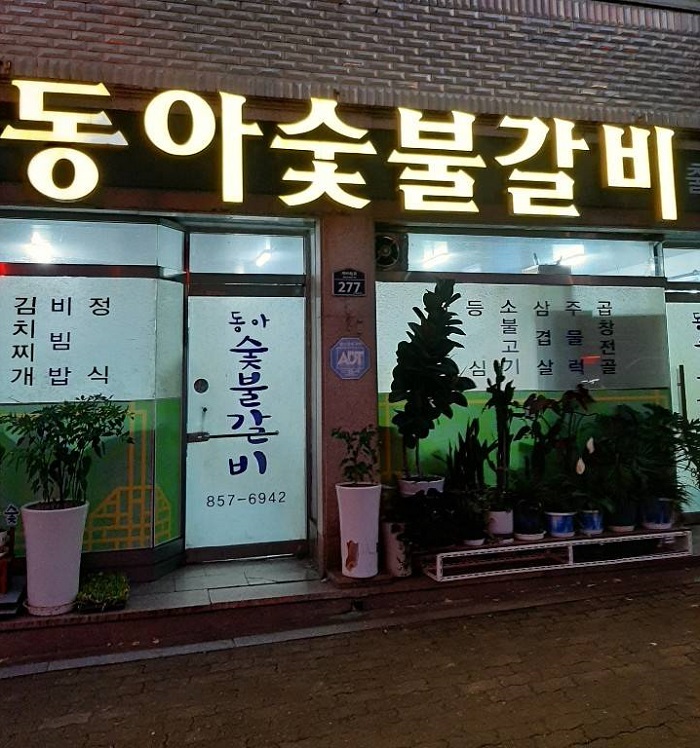
 Français
Français
 한국어
한국어 English
English 日本語
日本語 中文(简体)
中文(简体) Deutsch
Deutsch Español
Español Русский
Русский